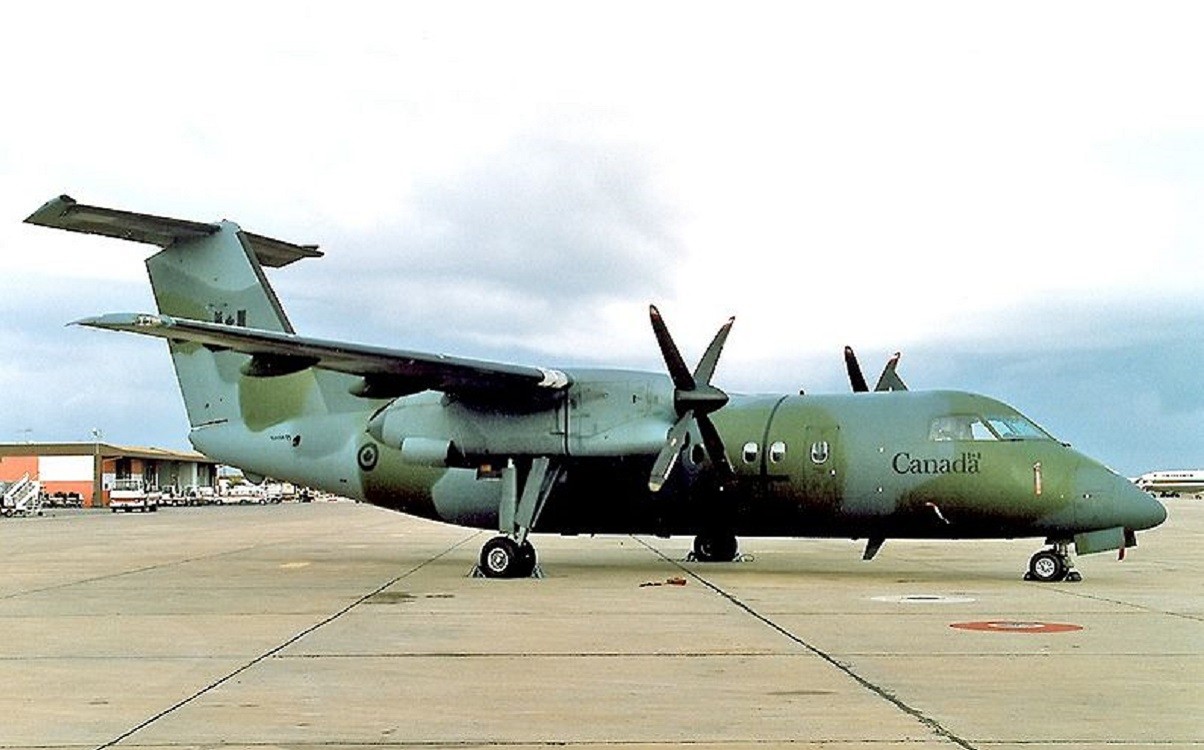Government Of Canada Updates Marine Aerial Fleet With High Tech Surveillance Equipment
- TDS News
- Western Canada
- Atlantic Canada
- January 30, 2020

Canada’s oceans are a source of inspiration and pride for all Canadians and contribute to the growth of our economy. As overseas trade and the movement of goods grow, there is a need for greater emphasis on marine safety and environmental protection. Now more than ever, the Government of Canada recognizes that enhanced prevention measures are needed to respond to marine pollution incidents faster and more effectively and to better protect marine ecosystems and habitats.
Today, the Minister of Transport, the Honourable Marc Garneau announced that Transport Canada has acquired a new addition to its National Aerial Surveillance Program’s aircraft fleet.
Our Government is committed to safe navigation and protection of the marine environment. Expanding our surveillance aircraft fleet allows us to improve local marine reporting and reduce the frequency of oil spills in Canada. This supports our commitment to protecting the endangered marine mammal population. Minister of Transport The Honourable Marc Garneau
Through the Government of Canada’s Oceans Protection Plan and the Whales Initiative, a De Havilland Dash 8 aircraft was acquired to increase the capacity of the National Aerial Surveillance Program. This Program’s marine surveillance missions include detecting oil spills and other marine pollution, and monitoring ship and endangered whale movements.
Over the next two years, the Dash 8 will undergo modifications to become a maritime patrol aircraft. The aircraft will be equipped with specialized maritime surveillance systems that are currently used on Transport Canada’s existing fleet.
Transport Canada is also building a new National Aerial Surveillance Program Complex in Iqaluit, Nunavut, to support northern operations.
Aerial surveillance is a vital tool to monitor Canada’s endangered, iconic whale populations, and decrease oil spills. It is used to monitor the designated shipping zones for endangered North Atlantic right whales, located in the Gulf of St. Lawrence, and in Arctic operations such as verifying vessel pollution detected by satellites.








